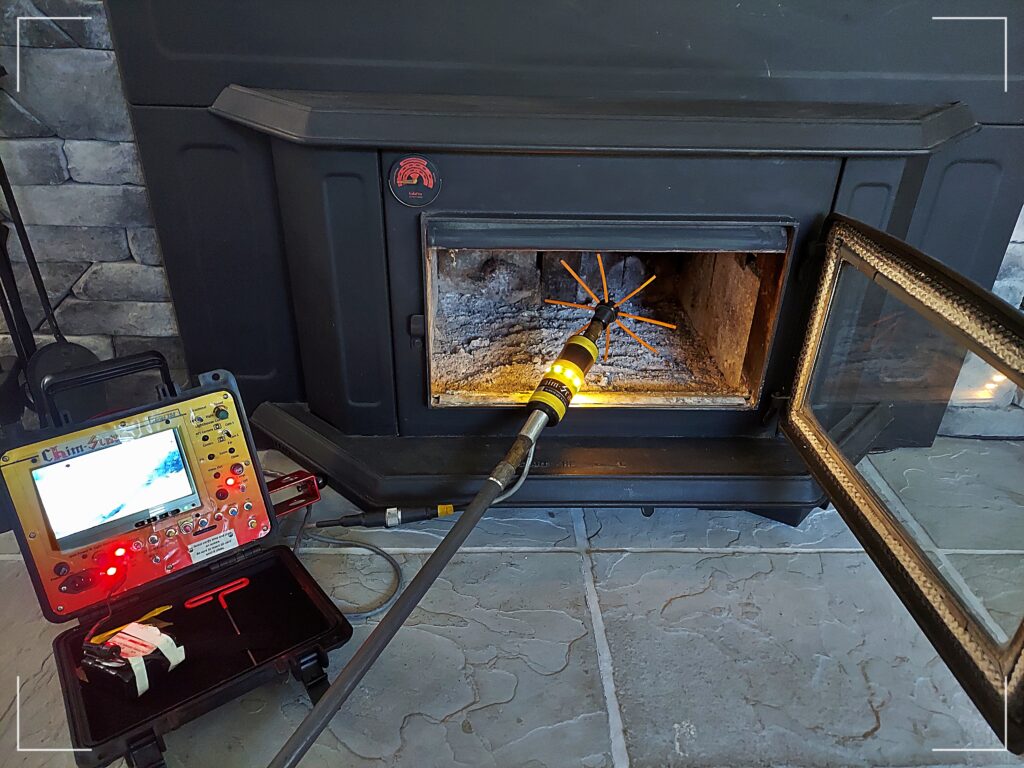Chimney and Fireplace Inspection
Did you know that chimney fires account for over 125 million dollars of property damage in the United States of America a year? That’s a lot of chimney fire insurance claims. We’re here to help you through those times. We’re here to find the correct details and facts to help you determine if a chimney fire occurred. The ability to accurately determine the extent of damage or lack of damage will supply the needed evidence for any potential subrogation and assist in evaluating if the chimney needs relined or rebuilt.
A Fireplace Inspection Checklist:
A chimney cap with a screen can be beneficial as it stops things such as rain, snow, birds or animals from coming through the opening.
Are the fireplace bricks still firmly intact? Are the mortar joints cracked or missing mortar from normal wear and use? Missing mortar joints may allows heat and smoke to escape the firebox and cause a structure fire. Our investigators will make sure that none of the bricks are exposed or will need remounting.
Do you have creosote build up in your fireplace? When wood fire burns, it releases unburned fuel/wood in the form of smoke. The unburned fuel rising in the chimney and can stick to the walls of the chimney or flue tile and can form a black gunk called creosote. Creosote becomes dangerous when allowed to accumulate in the chimney where it becomes a fuel source for a potential chimney fire. It is imperative that the chimney is cleaned and examined! Chimneys and fireplaces should be inspected at least once a year per the NFPA 211 standard.
Things to know about creosote:
- mixture of hundreds of chemicals.
- can be thick and oily liquid.
- can ignite.
- color is usually amber to black.
- Form of creosote changes through continued use of appliance
Defective gaskets should be replaced to ensure proper operation of the fireplace/wood stove. If an airtight appliance such as a wood stove is operated without these gaskets effectively sealing the openings, excess air can leak into the firebox changing the ability of the wood stove to burn effectively.
INTERIOR CHIMNEY INSPECTION BY CHIM-SCAN® VIDEO CAMERA
The use of Casalinova Investigations, Inc video inspection service allows an easy to obtain an accurate evaluation of the chimney’s interior in a nondestructive way. Using special video equipment, we’re able to go see what we can’t from the ground. We offer close-up inside views of chimneys and wall interiors with digital photographs and video which is considered a Level II inspection according to NFPA 211 Standard.
NFPA 211 requires that a Level II inspection should be completed when the following occur:
- addition or removal of one or more connected appliances
- replacement of appliance with one of dissimilar type, input rating, or efficiency
- prior to relining or replacement of flue lining
- upon sale or transfer of the property
- after operating malfunction or external event likely to have caused damage to the chimney
An interior chimney video inspection with Chim-Scan® offers fire investigators and insurance adjusters accurate and documented information.
With our video inspection service, we can produce a video and photographs of the following conditions that may exist:
DETERIORATION OF THE SMOKE SHELF OR DAMPER
CHIMNEY FIRE DAMAGE / PRE-EXISTING CRACKS
BROKEN OR MISSING TILE LINERS AND MORTAR JOINTS
ANIMAL NESTS, LIMBS AND OTHER BLOCKAGES

